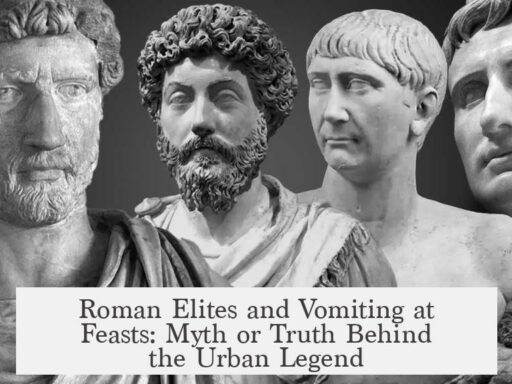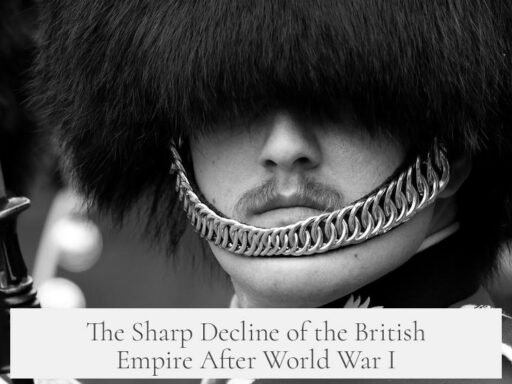Medieval jesters told a wide range of jokes, from witty political barbs to bawdy humor, often aimed to entertain nobles and monarchs while delivering sharp social commentary. Their jokes included clever wordplay, insults—especially about physical or personal traits—and humorous tales about daily life, sometimes with sexual or scatological themes.
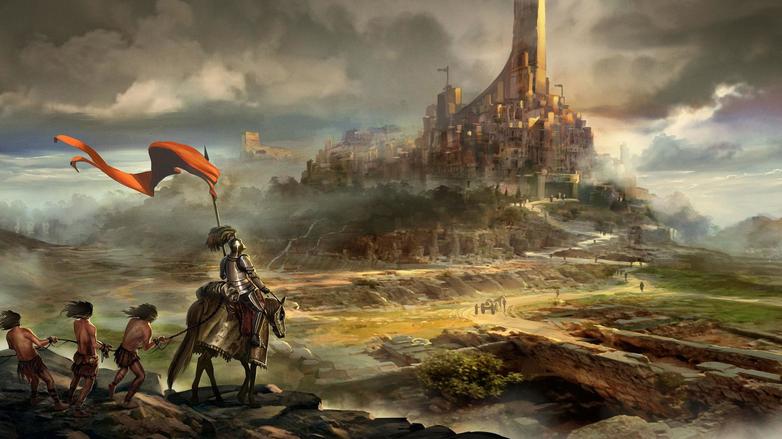
Very few direct records of medieval jesters’ jokes survive. The bulk of known examples are from the early Renaissance, but certain stories highlight the kind of humor jesters used during the medieval period. Their humor often combined satire, irony, and slapstick comedy to amuse elite audiences.
One famous example involves King Phillippe VI of France’s jester, unnamed in records. After Phillippe’s naval fleet was defeated by the English at the Battle of Sluys in 1340, the jester reportedly joked that English sailors lacked the courage to swim, unlike brave Frenchmen. This joke gently mocked a national defeat while boosting morale through humor.
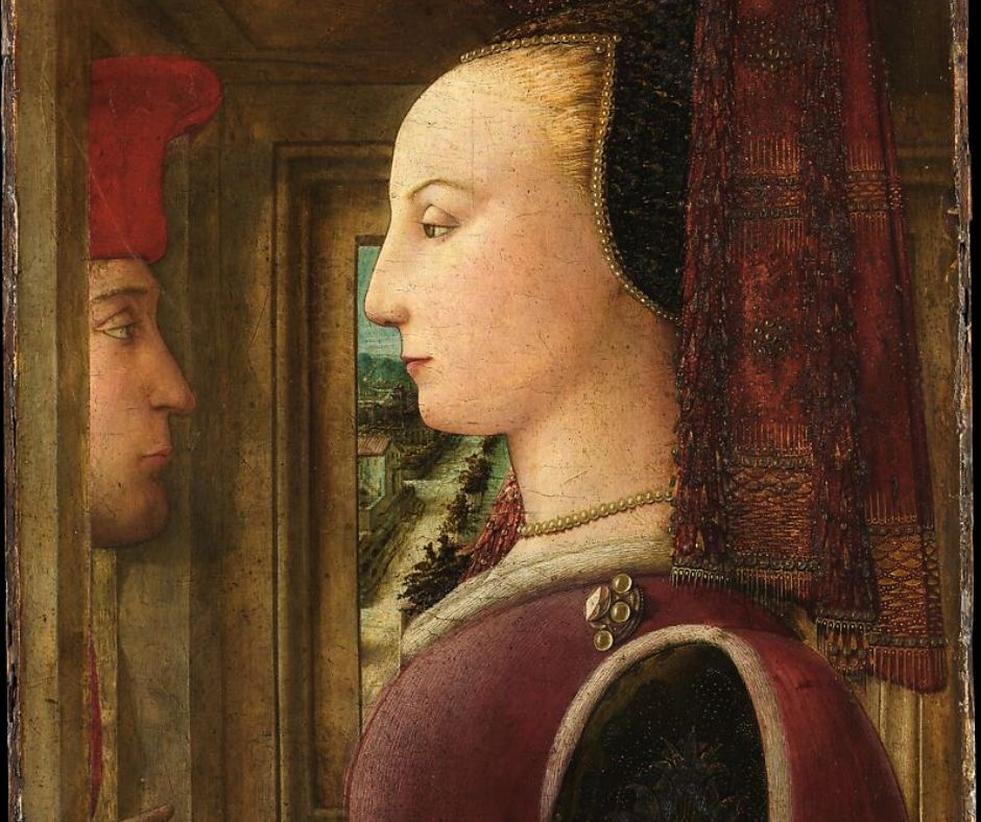
Political satire was common. George Buchanan, a jester to King James VI of Scotland in the 1500s, used humor to reform the king’s habits. When the young king habitually signed documents without reading them, Buchanan tricked him into signing a decree ceding Scottish rule to the jester for 15 days. This clever ruse prompted the king to become more careful, proving jesters influenced political behavior via jokes and pranks.
William Sommers, the jester of King Henry VIII, illustrates how physical comedy mixed with clever insults. During a juggler’s performance, Sommers disrupted the show by throwing his bread and milk into the juggler’s face while singing a mocking rhyme. This acted both as entertainment and a sharp retort, leading to the juggler’s dismissal. Such performances combined slapstick and verbal wit.
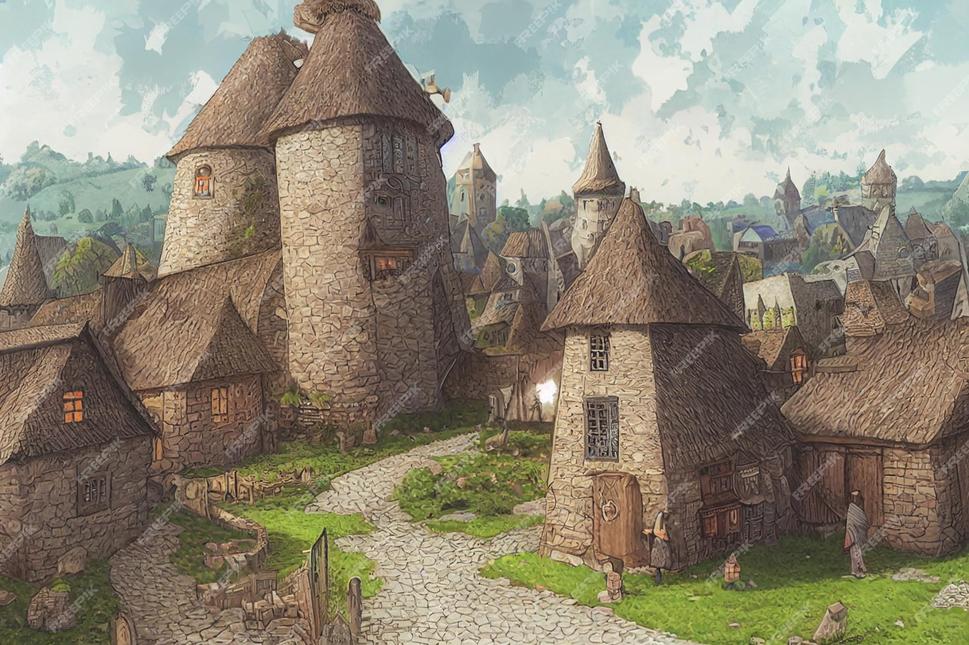
Many medieval jokes centered on bodily functions and sexuality—topics still popular in modern humor. Chaucer’s literary works, Boccaccio’s tales, and poems like Carmina Burana include “fart jokes” and genital humor. These jokes were delivered in feasts and festivals to amuse and shock alike.
Joke books, such as Facetiae by Poggio Bracciolini (d. 1459), circulated near the period’s end. They contained ribald jokes aimed at clergy and commoners alike. For example:
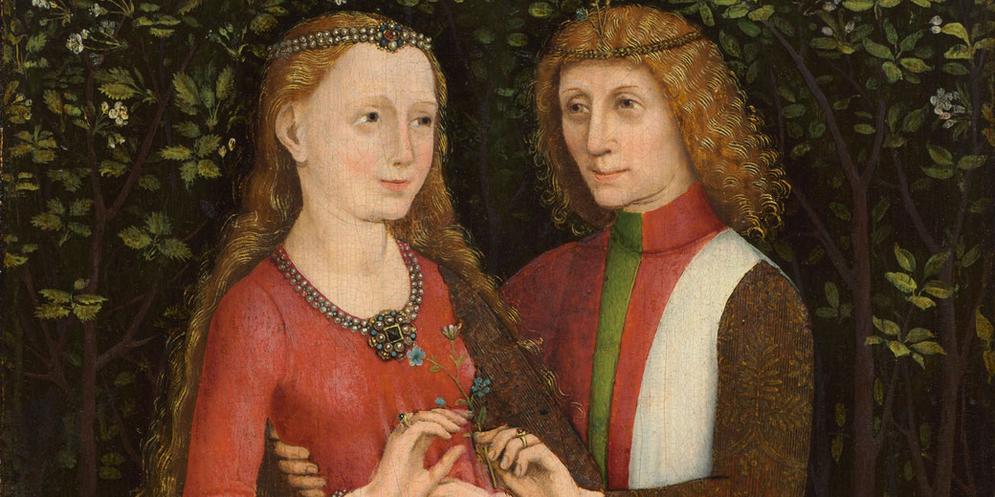
- A bishop worried about his loose teeth was humorously reassured by a friend who compared them to his own testicles, which had hung loose for decades but hadn’t fallen off.
- An abbot asked a peasant whether he could enter a city gate; the peasant joked that if a cartload of hay could get in, the abbot certainly could, playing on the abbot’s large size.
Medieval plays also incorporated humorous scenes. One example is from a play by Hrotsvitha, involving three nuns escaping a lustful man. The man mistaken kisses pots and pans, thinking they are the nuns, creating comedic confusion and slapstick elements common in jesting.
Some jokes played on repeated deception or absurd situations. A smuggling joke tells of a guard who tirelessly searched a cartload of hay over decades, never finding contraband. On his deathbed, the smuggler revealed that he had used a different horse each time to smuggle goods, showing a witty, drawn-out prank narrative common in jester jokes.
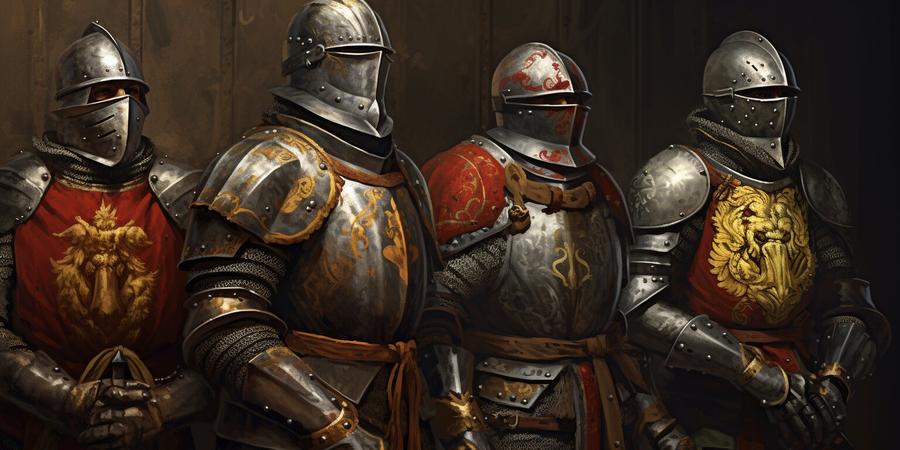
Roland the Farter, Henry II’s famous jester, gained renown for his comic performances, reportedly including farting on command. This crude humor was accepted at court and appreciated for its boldness and surprise.
In summary, medieval jesters used humor that:
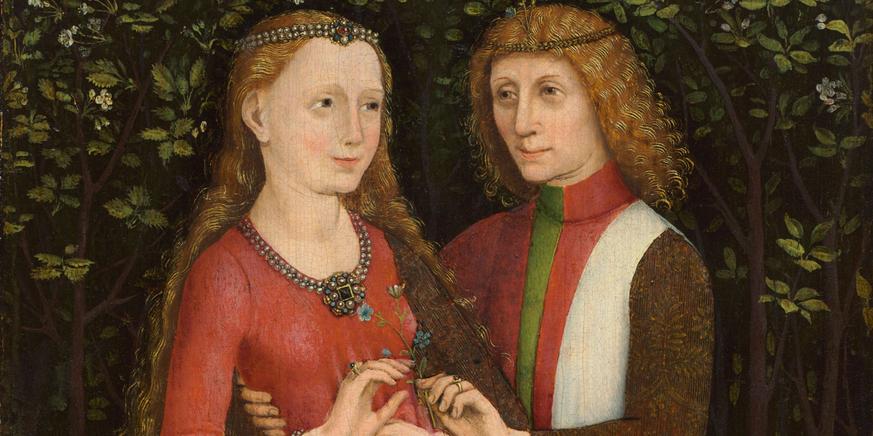
- Combined satire, physical comedy, and wordplay
- Included bawdy, scatological, and sexual jokes
- Addressed political and social issues cleverly
- Was often delivered through plays, songs, poems, and improvised acts
- Engaged both commoners and royalty with wit and sometimes biting criticism
For deeper study, scholars recommend sources such as Benjamin M Liu’s Medieval joke poetry : the Cantigas d’escarnho e de mal dizer and Derek Brewer’s Medieval comic tales. These works explore humor’s role throughout medieval literature and court life.
Medieval Jesters – What Kind of Jokes Did They Tell?
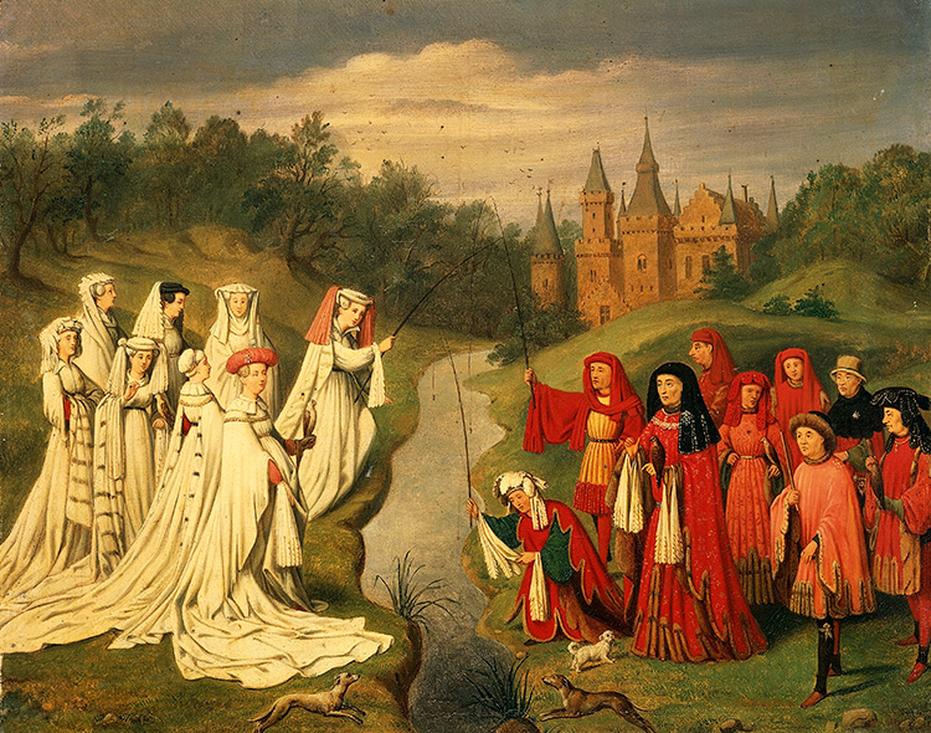
So, what kind of jokes did medieval jesters tell? To cut to the chase, their humor ranged from sharp political barbs to downright silly bodily humor. Despite the popular image of jesters as mere buffoons, their jokes carried wit, satire, and often a hint of danger in jesting with kings and nobles.
Medieval jesters didn’t leave us many written records of their jokes. Most surviving examples we have come from the early Renaissance, a bit after the medieval period proper. We peek through the fog of history using a blend of anecdotes, scattered writings, and later joke collections to understand their comedic realm.
The Jester’s Role Was Serious Business
Jesters walked a tightrope. Their job was to amuse, yes, but also to provide candid commentary veiled in humor. They held the rare privilege to speak frankly to the powerful, making wit their weapon. Their jokes weren’t random—they reflected social, political, and human follies.
Jokes from the Royal Courts: Sharp Cuts Wrapped in Humor
Consider King Phillippe VI of France’s jester. After Phillippe’s fleet suffered a crushing loss at the Battle of Sluys in 1340, his jester cracked a sharp remark that probably made the king both chuckle and cringe:
“English sailors don’t even have the guts to jump into the water like our brave French!”
This wasn’t just a joke about bravery. It was gallows humor reflecting national pride and defeat. A royal audience would hear this and think: “ouch, but also true.” This was the art of court jestering—blend humor with biting truth.
Or take George Buchanan, jester to Scotland’s King James VI. James was a lazy ruler regarding official papers—he signed without reading. Buchanan cleverly forged a decree handing over authority to himself for 15 days, and James signed it, unwittingly giving him power. After this stunt, James got serious about reading documents.
This joke wasn’t about laughs alone. It taught a lesson using humor to expose royal laziness. Jesters were practical jokers who pushed boundaries.
Jests and Juggles with William Sommers
William Sommers, the famous fool of King Henry VIII, offers an example of slapstick mixed with verbal wit. During a juggler’s show, Sommers interrupted while carrying food, asked the king for a spoon when none was available, and then mockingly sang before pelting the juggler’s face with his meal. The jester’s quick wit, combined with impromptu action, turned a simple interruption into comedy gold—and social exile for the juggler.
This highlights the mix of farce and physical humor common in court jests. Not just words, but theatrical antics forged laughs.
Common Themes: Farts, Phallus, and Folly
Could medieval audiences giggle at a fart joke? Absolutely. Humor is timeless. Frothy bodily humor was popular—doctors, courtiers, farmers all found humor in nature’s indignities. This type of humor appears in The Canterbury Tales (Chaucer), The Decameron (Boccaccio), and the bawdy poems of the Carmina Burana.
Many medieval jester jokes played on themes of sex, bodily functions, and social satire. These facetiae, or light-hearted comic tales, often mocked authority figures like overindulgent abbots or forgetful bishops.
Joke Collections Like Bracciolini’s Facetiae
As the Middle Ages waned, joke books began to surface; one famous example is Bracciolini’s Facetiae (1450s). Here’s a taste:
- A loose-toothed bishop worries his teeth will fall out. A friend jokes, “Don’t worry, mine have hung loose for 40 years and still stay put.” The friend’s punchline involves testicles, obviously, for laughs and shock.
- The heavyset Abbot of Septimo asks if he’ll fit through the city gate. A peasant quips, “If a cartload of hay fits, so will you.” Imagine hearing that at a royal feast! It pokes fun at the Abbot’s size while cleverly answering the question.
Such jokes blended earthy humor with real social observations. They were shared orally or in handwritten copies, entertaining audiences at feasts or festivals.
Very Early Drama and Situational Humor
Surprisingly, humor was part of middle age religious plays too. Hrotsvitha, a nun and playwright, penned comedic scenes poking fun at a lustful man named Dulcitius. In one scene, Dulcitius mistakenly kisses pots and pans, thinking they’re the nuns. The humor is slapstick and innocent, yet cleverly satirical about lust and foolishness.
Smuggling and the Long-Game Joke
One tale illustrates the long con joke, blending humor with cleverness:
A border guard searches a cart loaded with hay every day for years, finding nothing. On his deathbed, he asks if it was truly only hay. The cartman laughs, “No, I just drove a different horse across every day.”
Here the jest is subtle: the guard’s obsession with finding contraband blinds him to the simplicity of the smuggler’s trick. It’s a joke about human error, patience, and cunning.
Famous Named Jesters and Their Enduring Legacy
Some jesters rose to legendary status, like Roland the Farter, jester to King Henry II, whose signature act reportedly involved a trumpet note followed by his unique “fart.” Certainly a spectacle, but also a testament to the mix of crude and formal in medieval humor.
Others like William Sommers were famed for quick wit and danger-proof humor. Their jokes were part social commentary, part entertainment, often walking a line few could.
What Can Modern Comedy Learn from Medieval Jesters?
If you think modern comedians invented edgy, boundary-pushing humor, think again. Medieval jesters combined risks, creative language, and physical antics to make audiences laugh—and think. They balanced humor with practicality, delivering truths disguised in jokes.
Consider how a jester’s wit brought a careless king to mindful governance or exposed folly at court as insightful critique. Comedy can be a catalyst for change, not just amusement.
Where to Dive Deeper Into Medieval Humor?
For anyone fascinated by medieval laughs, check out these excellent resources:
- Benjamin M. Liu’s Medieval Joke Poetry: The Cantigas d’escarnho e de mal dizer (2004) – A scholarly dive into medieval joke poems.
- Lisa Renée Perfetti’s Women & Laughter in Medieval Comic Literature (2003) – Explores gender and humor.
- Derek Brewer’s Medieval Comic Tales (2003) – A collection of light tales from the era.
- Jean E. Jost’s Chaucer’s Humor: Critical Essays (1996) – Focus on one of the era’s master storytellers.
- Guy Halsall’s Humour, History and Politics in Late Antiquity and the Early Middle Ages (2002) – Contextualizes humor historically and politically.
Exploring these provides rich context on how humor evolved and operated socially in medieval times.
Final Thoughts
Medieval jesters didn’t just tell jokes—they performed social magic. Their humor was layered: silly yet sharp, coarse yet clever. They mocked kings and commoners alike, mixing satire, slapstick, and outright vulgarity to spark laughter and reflection.
Next time you think of jesters, remember: their jokes mattered. They were early social critics using laughter as a tool. From messy kitchen humor to biting political quips, jesters were the original stand-ups, surviving in stories that still tickle our funny bones centuries later.
So, what kind of jokes did medieval jesters tell? Everything from fart jokes to clever political stings, always with boldness and wit. And isn’t there something timeless about that?
What themes did medieval jesters commonly use in their jokes?
Medieval jesters often used humor about bodily functions, such as fart and penis jokes. These themes were popular in works like Chaucer’s stories and the Carmina Burana poems. Jests about physical traits and daily life were also common.
Can you give an example of a jester’s clever joke to a king?
Yes. King Phillippe VI’s jester joked about the English navy’s defeat by saying English sailors lacked the courage to dive into the sea, unlike brave French sailors. This type of sharp humor commented on serious events with irony.
How did jesters use jokes to influence or teach royalty?
George Buchanan, jester to King James VI, tricked the king into signing a fake decree. This taught James to read documents carefully. Jesters used humor to correct or advise rulers indirectly without offending them.
Were medieval jester jokes always playful, or did they include more physical humor?
Jesters mixed verbal wit with physical acts. For example, William Sommers once threw bread and milk at a court juggler. These actions, combined with sung rhymes, created humor from both words and behavior.
Did medieval joke books exist, and what kind of jokes did they contain?
Yes, joke books like the *Facetiae* circulated. They contained jokes about clergy, bodily humor, and everyday misunderstandings. One joked about a bishop’s loose teeth compared to loose testicles, mixing low and social satire.
How did jesters create humor in performances or plays?
Jesters and performers used funny situations and characters. In a play by Hrotsvitha, confused nuns watch a man mistaken for kissing pots and pans. Such scenes used physical comedy and misunderstandings to amuse audiences.



